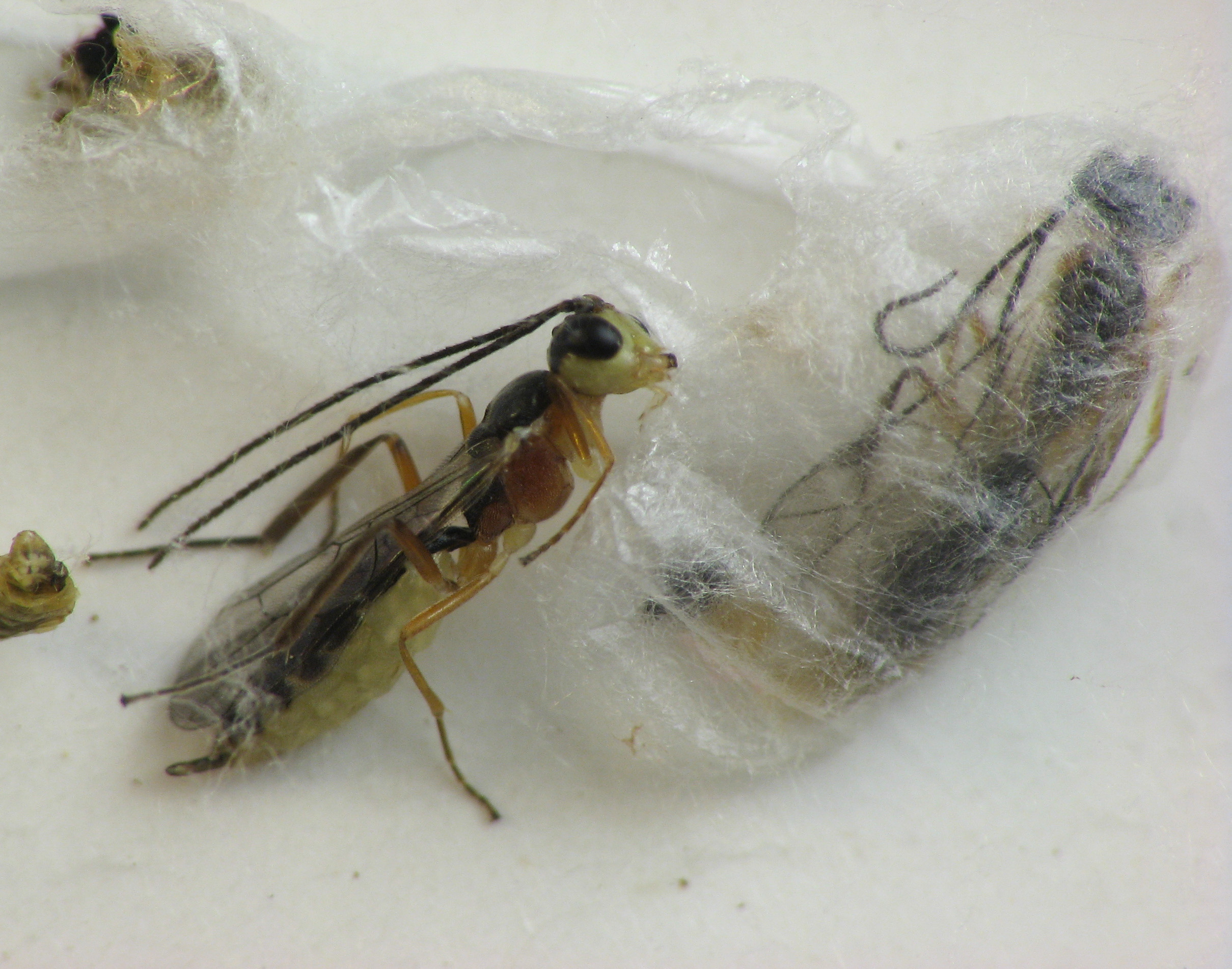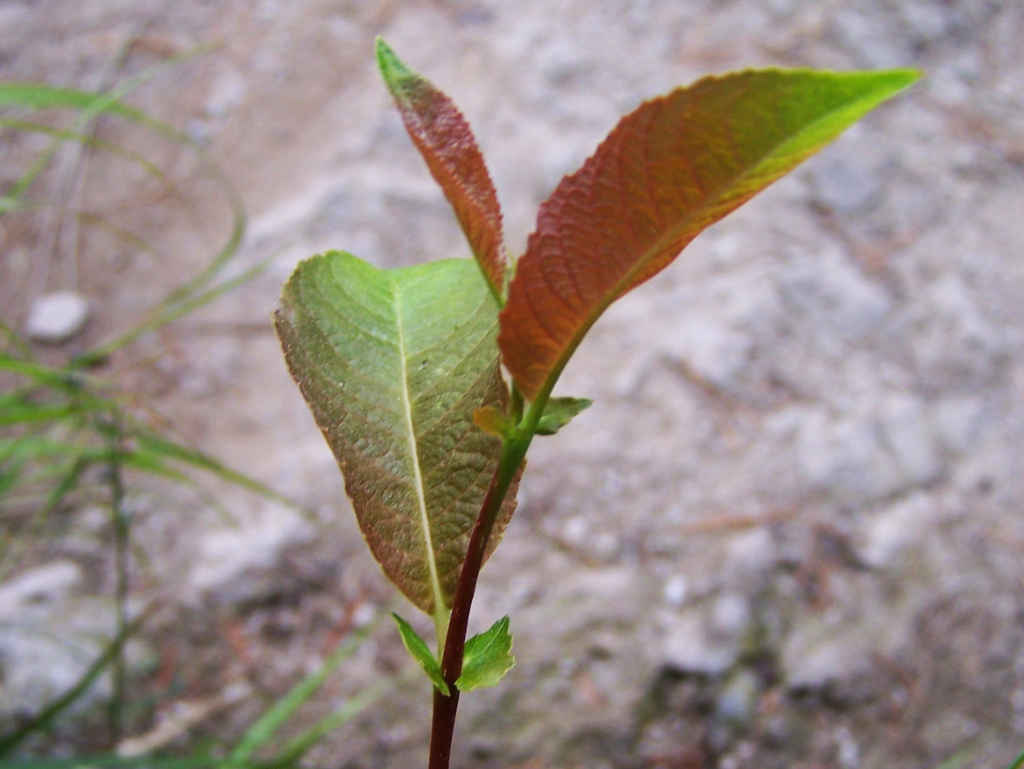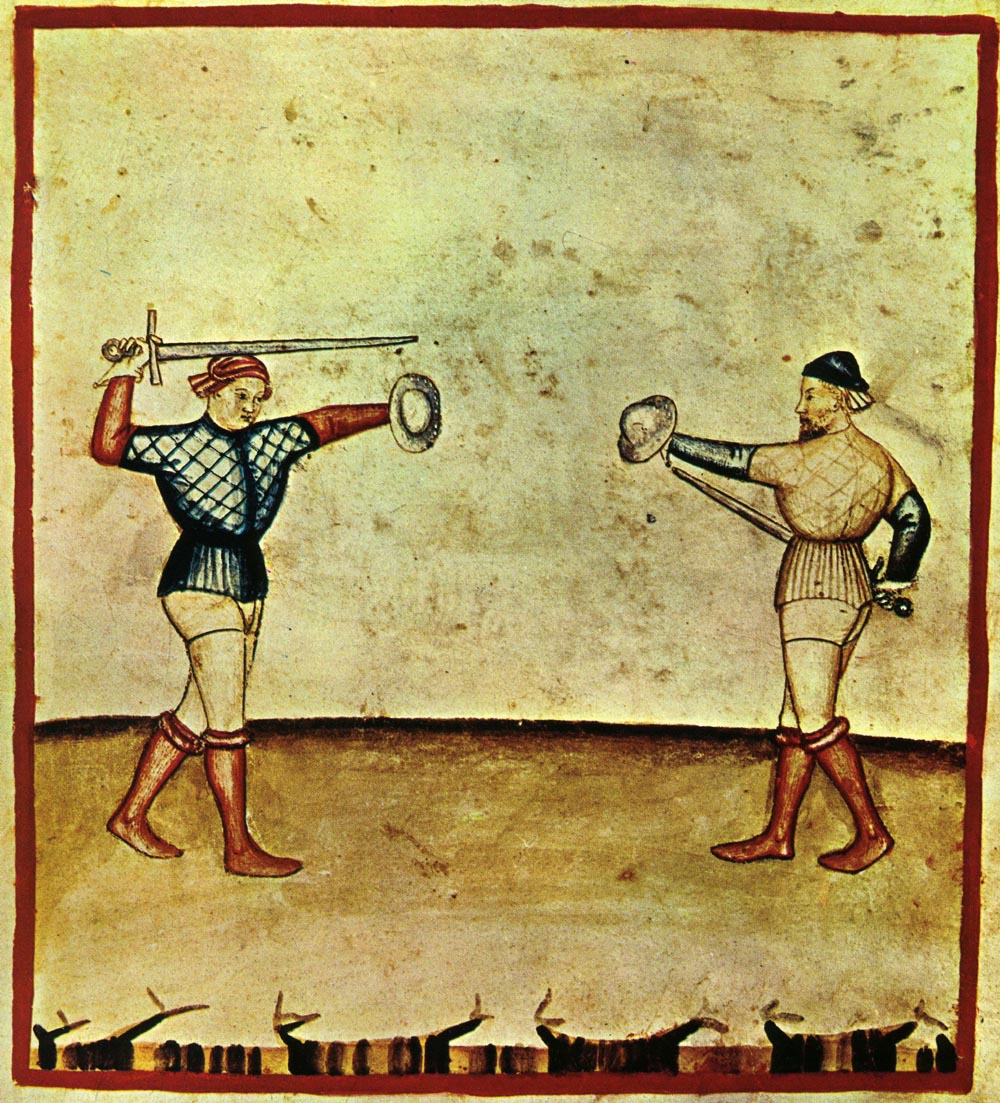|
Pheosia Tremula
''Pheosia tremula'', the swallow prominent, is a moth from the family Notodontidae. The species was first described by Carl Alexander Clerck in 1759. The moth can be found in the Palearctic realm, up to the Arctic Circle (northern and central Europe, Russia, Russian Far East, Ussuri, Caucasus). It has a forewing length of 22–28 mm. The moth survives winter as a pupa underground. Description Normally whitish, with a brown shaded black stripe along the inner margin of the forewings, and a brownish cloud, with black streaks in it. Towards the tips of these wings; the outer extremities of the veins are white, there is a white wedge-shaped streak between veins 1 and 2, and from the apex of this an indented white line runs to the base of the wing. Sometimes the whole discal area is suffused with brownish. The imago can be easily mistaken with ''Pheosia gnoma''. The host plant of the swallow prominent are the poplar, especially the aspen, the willow and the birch. For detail ... [...More Info...] [...Related Items...] OR: [Wikipedia] [Google] [Baidu] |
Dursztyn
Dursztyn , ( sk, Durštín, german: Dürrenstein) is a village in the administrative district of Gmina Nowy Targ, within Nowy Targ County, Lesser Poland Voivodeship, in southern Poland. It lies approximately south-east of Nowy Targ and south of the regional capital Kraków. The village has a population of 400. It is one of the 14 villages in the Polish part of the historical region of Spiš Spiš (Latin: ''Cips/Zepus/Scepus/Scepusia'', german: Zips, hu, Szepesség/Szepes, pl, Spisz) is a region in north-eastern Slovakia, with a very small area in south-eastern Poland (14 villages). Spiš is an informal designation of the territory ... (Polish: ''Spisz''). It was first mentioned in a written document in 1317 as ''Durst''. References Villages in Nowy Targ County Spiš Kraków Voivodeship (1919–1939) {{NowyTarg-geo-stub ... [...More Info...] [...Related Items...] OR: [Wikipedia] [Google] [Baidu] |
Pupa
A pupa ( la, pupa, "doll"; plural: ''pupae'') is the life stage of some insects undergoing transformation between immature and mature stages. Insects that go through a pupal stage are holometabolous: they go through four distinct stages in their life cycle, the stages thereof being egg, larva, pupa, and imago. The processes of entering and completing the pupal stage are controlled by the insect's hormones, especially juvenile hormone, prothoracicotropic hormone, and ecdysone. The act of becoming a pupa is called pupation, and the act of emerging from the pupal case is called eclosion or emergence. The pupae of different groups of insects have different names such as ''chrysalis'' for the pupae of butterflies and ''tumbler'' for those of the mosquito family. Pupae may further be enclosed in other structures such as cocoons, nests, or shells. Position in life cycle The pupal stage follows the larval stage and precedes adulthood (''imago'') in insects with complete metamorphosi ... [...More Info...] [...Related Items...] OR: [Wikipedia] [Google] [Baidu] |
Moths Of Europe
Moths are a paraphyletic group of insects that includes all members of the order Lepidoptera that are not butterflies, with moths making up the vast majority of the order. There are thought to be approximately 160,000 species of moth, many of which have yet to be described. Most species of moth are nocturnal, but there are also crepuscular and diurnal species. Differences between butterflies and moths While the butterflies form a monophyletic group, the moths, comprising the rest of the Lepidoptera, do not. Many attempts have been made to group the superfamilies of the Lepidoptera into natural groups, most of which fail because one of the two groups is not monophyletic: Microlepidoptera and Macrolepidoptera, Heterocera and Rhopalocera, Jugatae and Frenatae, Monotrysia and Ditrysia.Scoble, MJ 1995. The Lepidoptera: Form, function and diversity. Oxford, UK: Oxford University Press; 404 p. Although the rules for distinguishing moths from butterflies are not well establis ... [...More Info...] [...Related Items...] OR: [Wikipedia] [Google] [Baidu] |
Moths Described In 1759
Moths are a paraphyletic group of insects that includes all members of the order Lepidoptera that are not butterflies, with moths making up the vast majority of the order. There are thought to be approximately 160,000 species of moth, many of which have yet to be described. Most species of moth are nocturnal, but there are also crepuscular and diurnal species. Differences between butterflies and moths While the butterflies form a monophyletic group, the moths, comprising the rest of the Lepidoptera, do not. Many attempts have been made to group the superfamilies of the Lepidoptera into natural groups, most of which fail because one of the two groups is not monophyletic: Microlepidoptera and Macrolepidoptera, Heterocera and Rhopalocera, Jugatae and Frenatae, Monotrysia and Ditrysia.Scoble, MJ 1995. The Lepidoptera: Form, function and diversity. Oxford, UK: Oxford University Press; 404 p. Although the rules for distinguishing moths from butterflies are not well est ... [...More Info...] [...Related Items...] OR: [Wikipedia] [Google] [Baidu] |
The Moths Of The British Isles/Chapter 3
''The'' () is a grammatical article in English, denoting persons or things already mentioned, under discussion, implied or otherwise presumed familiar to listeners, readers, or speakers. It is the definite article in English. ''The'' is the most frequently used word in the English language; studies and analyses of texts have found it to account for seven percent of all printed English-language words. It is derived from gendered articles in Old English which combined in Middle English and now has a single form used with pronouns of any gender. The word can be used with both singular and plural nouns, and with a noun that starts with any letter. This is different from many other languages, which have different forms of the definite article for different genders or numbers. Pronunciation In most dialects, "the" is pronounced as (with the voiced dental fricative followed by a schwa) when followed by a consonant sound, and as (homophone of pronoun ''thee'') when followed by a v ... [...More Info...] [...Related Items...] OR: [Wikipedia] [Google] [Baidu] |
Natural History Museum, London
The Natural History Museum in London is a museum that exhibits a vast range of specimens from various segments of natural history. It is one of three major museums on Exhibition Road in South Kensington, the others being the Science Museum and the Victoria and Albert Museum. The Natural History Museum's main frontage, however, is on Cromwell Road. The museum is home to life and earth science specimens comprising some 80 million items within five main collections: botany, entomology, mineralogy, palaeontology and zoology. The museum is a centre of research specialising in taxonomy, identification and conservation. Given the age of the institution, many of the collections have great historical as well as scientific value, such as specimens collected by Charles Darwin. The museum is particularly famous for its exhibition of dinosaur skeletons and ornate architecture—sometimes dubbed a ''cathedral of nature''—both exemplified by the large ''Diplodocus'' cast that domina ... [...More Info...] [...Related Items...] OR: [Wikipedia] [Google] [Baidu] |
Birch
A birch is a thin-leaved deciduous hardwood tree of the genus ''Betula'' (), in the family Betulaceae, which also includes alders, hazels, and hornbeams. It is closely related to the beech-oak family Fagaceae. The genus ''Betula'' contains 30 to 60 known taxa of which 11 are on the IUCN 2011 Red List of Threatened Species. They are a typically rather short-lived pioneer species widespread in the Northern Hemisphere, particularly in northern areas of temperate climates and in boreal climates. Description Birch species are generally small to medium-sized trees or shrubs, mostly of northern temperate and boreal climates. The simple leaves are alternate, singly or doubly serrate, feather-veined, petiolate and stipulate. They often appear in pairs, but these pairs are really borne on spur-like, two-leaved, lateral branchlets. The fruit is a small samara, although the wings may be obscure in some species. They differ from the alders (''Alnus'', another genus in the family) in th ... [...More Info...] [...Related Items...] OR: [Wikipedia] [Google] [Baidu] |
Willow
Willows, also called sallows and osiers, from the genus ''Salix'', comprise around 400 speciesMabberley, D.J. 1997. The Plant Book, Cambridge University Press #2: Cambridge. of typically deciduous trees and shrubs, found primarily on moist soils in cold and temperate regions. Most species are known as willow, but some narrow-leaved shrub species are called osier, and some broader-leaved species are referred to as sallow (from Old English ''sealh'', related to the Latin word ''salix'', willow). Some willows (particularly arctic and alpine species) are low-growing or creeping shrubs; for example, the dwarf willow (''Salix herbacea'') rarely exceeds in height, though it spreads widely across the ground. Description Willows all have abundant watery bark sap, which is heavily charged with salicylic acid, soft, usually pliant, tough wood, slender branches, and large, fibrous, often stoloniferous roots. The roots are remarkable for their toughness, size, and tenacity to live ... [...More Info...] [...Related Items...] OR: [Wikipedia] [Google] [Baidu] |
Aspen
Aspen is a common name for certain tree species; some, but not all, are classified by botanists in the section ''Populus'', of the ''Populus'' genus. Species These species are called aspens: *'' Populus adenopoda'' – Chinese aspen (China, south of ''P. tremula'') *''Populus davidiana'' – Korean aspen (Eastern Asia) *''Populus grandidentata'' – Bigtooth aspen (eastern North America, south of ''P. tremuloides'') *''Populus sieboldii'' – Japanese aspen (Japan) *''Populus tremula'' – Eurasian aspen (northern Europe and Asia) *''Populus tremuloides'' – Quaking aspen or trembling aspen (northern and western North America) Habitat and longevity The trembling of the leaves of the trembling aspen Aspen trees are all native to cold regions with cool summers, in the north of the northern hemisphere, extending south at high-altitude areas such as mountains or high plains. They are all medium-sized deciduous trees reaching tall. In North America, the aspen is referred to ... [...More Info...] [...Related Items...] OR: [Wikipedia] [Google] [Baidu] |
Populus
''Populus'' is a genus of 25–30 species of deciduous flowering plants in the family Salicaceae, native to most of the Northern Hemisphere. English names variously applied to different species include poplar (), aspen, and cottonwood. The western balsam poplar ('' P. trichocarpa'') was the first tree to have its full DNA code determined by DNA sequencing, in 2006. Description The genus has a large genetic diversity, and can grow from tall, with trunks up to in diameter. The bark on young trees is smooth, white to greenish or dark gray, and often has conspicuous lenticels; on old trees, it remains smooth in some species, but becomes rough and deeply fissured in others. The shoots are stout, with (unlike in the related willows) the terminal bud present. The leaves are spirally arranged, and vary in shape from triangular to circular or (rarely) lobed, and with a long petiole; in species in the sections ''Populus'' and ''Aigeiros'', the petioles are laterally flattened, s ... [...More Info...] [...Related Items...] OR: [Wikipedia] [Google] [Baidu] |
Buckler W The Larvæ Of The British Butterflies And Moths PlateXXXV
A buckler (French ''bouclier'' 'shield', from Old French ''bocle, boucle'' 'boss') is a small shield, up to 45 cm (up to 18 in) in diameter, gripped in the fist with a central handle behind the boss. While being used in Europe since antiquity, it became more common as a companion weapon in hand-to-hand combat during the Medieval and Renaissance periods. Its size made it poor protection against missile weapons (e.g., arrows) but useful in deflecting the blow of an opponent's weapons, binding his arms, hindering his movements, or punching him. MS I.33, considered the earliest extant armed-combat manual, (around 1300) contains an early description of a system of combat with buckler and sword. Typology According to the typology of Schmidt, there are three main types of buckler regarding their shape: *Type I: round *Type II: rectangular or trapezoid *Type III: oval or teardrop-shaped These types are combined with the cross sections: *Type a: flat *Type b: concave *Type ... [...More Info...] [...Related Items...] OR: [Wikipedia] [Google] [Baidu] |
Pheosia Gnoma
''Pheosia gnoma'', the lesser swallow prominent, is a moth from the family Notodontidae. The species was first described by Johan Christian Fabricius in 1777. The moth can be found across the Palearctic realm (northern and central Europe, Russia, eastern Siberia, Russian Far East, Amur). It has a forewing length of 20–26 mm. Description The imago can be easily confused with '' Pheosia tremula'' but ''P. gnoma'' is usually smaller, and the ground colour has usually less brown in it. The chief character by which it may be distinguished is the broader and clearer white wedge-shaped mark between veins 1 and 2 on the forewings of ''P. gnoma''. File:Moths of the British Isles Plate028.jpg , Plate showing the differences between ''P. gnoma'' and ''P. tremula'' File:BirkenwaldFinnland 2.jpg , Habitat in Finland The host plant of the lesser swallow prominent is the birch (''Betula'') (British Isles), '' Betula pendula'' (Finland) ''Betula pubescens'' (Finland). The moth sur ... [...More Info...] [...Related Items...] OR: [Wikipedia] [Google] [Baidu] |



.png)




